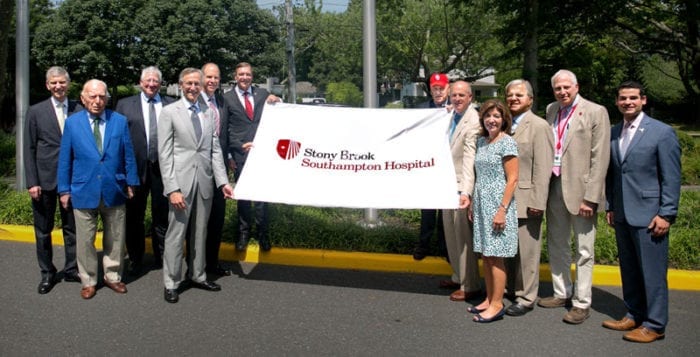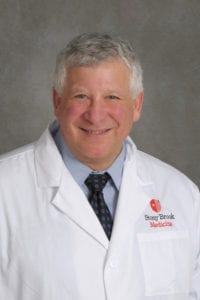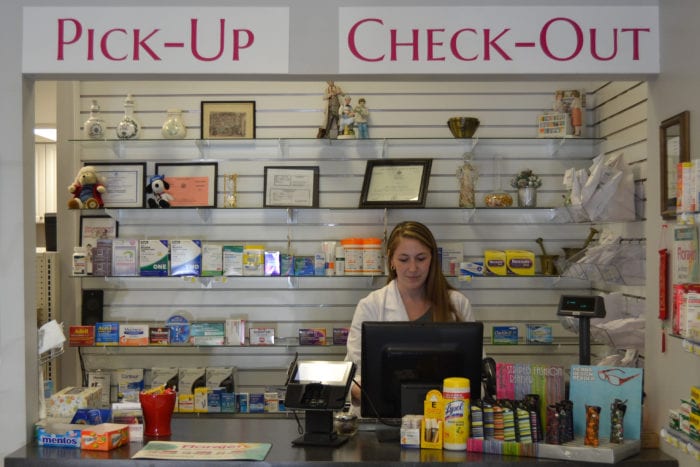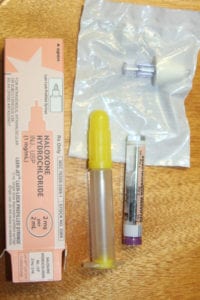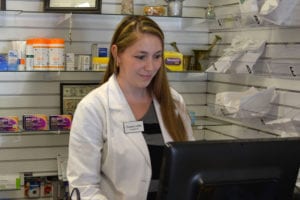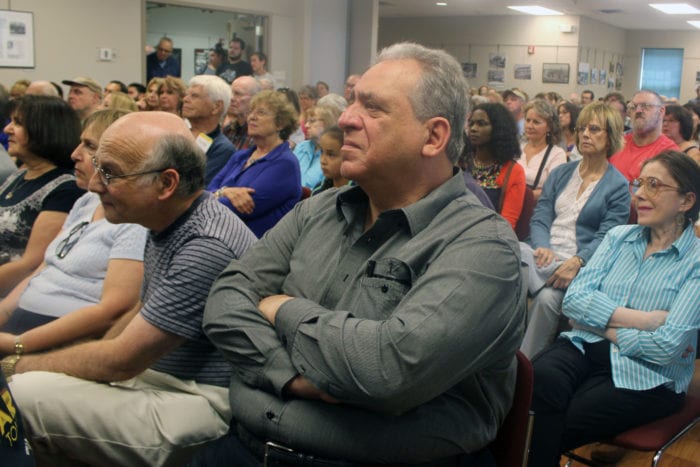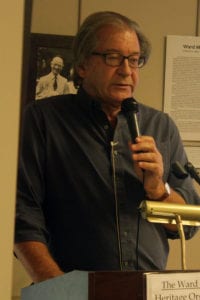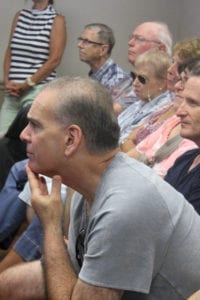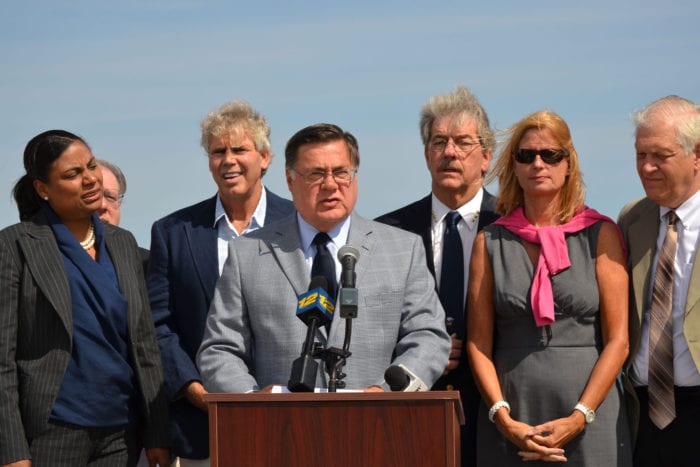By Barbara Beltrami
Zucchini. They come in all sizes from Neanderthal club to tiny thumb size and everything in between. There’s not much you can do with the former except peel it, scoop out the seeds, cut it into chunks and make a soup or stew. But any small or medium zucchini are excellent stuffed and baked, in a ratatouille, in muffins or tea breads, or just sautéed, all excellent disguises for veggie-phobic eaters.
And then there are zucchini flowers, also delicious stuffed with ricotta or batter fried. If the blossom grows on a regular stem, pick it. If it has a little squash starting on its other end, don’t pick it — it’s going to grow up to be a zucchino. Frankly, I don’t think they have much flavor and are cumbersome to cook, but if you want to go to the trouble, they do look pretty when you serve them. Here are three recipes that use the zucchini bounty of the season in a bread, sautéed and in soup.
Sauteed Zucchini Parmesan

YIELD: Makes four servings
INGREDIENTS:
2 tablespoons unsalted butter
2 tablespoons extra virgin olive oil
2 tablespoons minced shallots
Four 8-ounce zucchini, julienned
Coarse salt and pepper, to taste
1 tablespoon chopped fresh dill, thyme or oregano
4 ounces grated Parmesan cheese
DIRECTIONS: In a large skillet over low heat, heat butter and oil. Add shallots and sauté until opaque and soft, 5 to 10 minutes. Raise heat to medium, add zucchini and cook, tossing frequently, until just soft and starting to turn brown. Add salt, pepper and herbs. While zucchini is still hot, sprinkle grated cheese over it. Serve immediately with meat, poultry, fish or eggs.
Zucchini-Carrot Bread

YIELD: Makes one loaf
INGREDIENTS:
2 cups flour
¼ cup white granulated sugar
¼ cup firmly packed brown sugar
1 tablespoon baking powder
¼ teaspoon salt
1 teaspoon ground cinnamon
1 cup grated zucchini
1 cup grated carrot
¾ cup finely chopped walnuts
1 egg, well beaten
Scant ¹/3 cup oil
½ cup milk
DIRECTIONS: Preheat oven to 350 F. Grease and flour a 9- by 5- by 3-inch loaf pan. Stir together flour, sugars, baking powder, salt, cinnamon, zucchini, carrots and nuts. Mix egg, oil and milk together, then combine with dry mixture. Do not overmix. Pour into prepared loaf pan; bake for one hour or more, until a knife inserted in center comes out clean. Cool in pan for five minutes, then invert onto a wire rack. Serve warm or at room temperature with cream cheese, butter, jam or honey.
Zucchini-Arugula Soup

YIELD: Makes 4 to 6 servings
INGREDIENTS:
2 tablespoons unsalted butter
2 tablespoons extra virgin olive oil
2 cups minced onion
3 cups chicken or vegetable broth
2 pounds zucchini
1 bunch arugula (4 to 5 loosely packed cups)
Salt, freshly ground pepper and fresh lemon juice, to taste
½ cup cream
DIRECTIONS: In a medium-large pot, melt butter; add oil and onions, cover and cook over low heat, stirring occasionally until onions are slightly browned and soft, 20 to 30 minutes. Add broth and bring to a boil. Meanwhile, wash and scrub zucchini, trim and coarsely chop. (If the zucchini are very large, it’s best to remove the seeds too.) Add zucchini to broth, reduce heat, cover and simmer until zucchini are mushy. Wash arugula and trim stems.
Remove pot from heat and add arugula: cover and let sit until slightly cooled. Pour soup through a strainer; reserve liquid. In an electric processor puree the solids and one cup of the liquid until smooth. Return pureed mixture to pot. Gradually add 2 to 3 more cups reserved liquid until soup reaches desired consistency. Add salt, pepper and lemon juice.
Ladle into soup dishes and just before serving swirl a tablespoon or so of cream in each one. Serve hot, warm, at room temperature or cold with crusty bread, sliced tomatoes and corn or as a first course.





